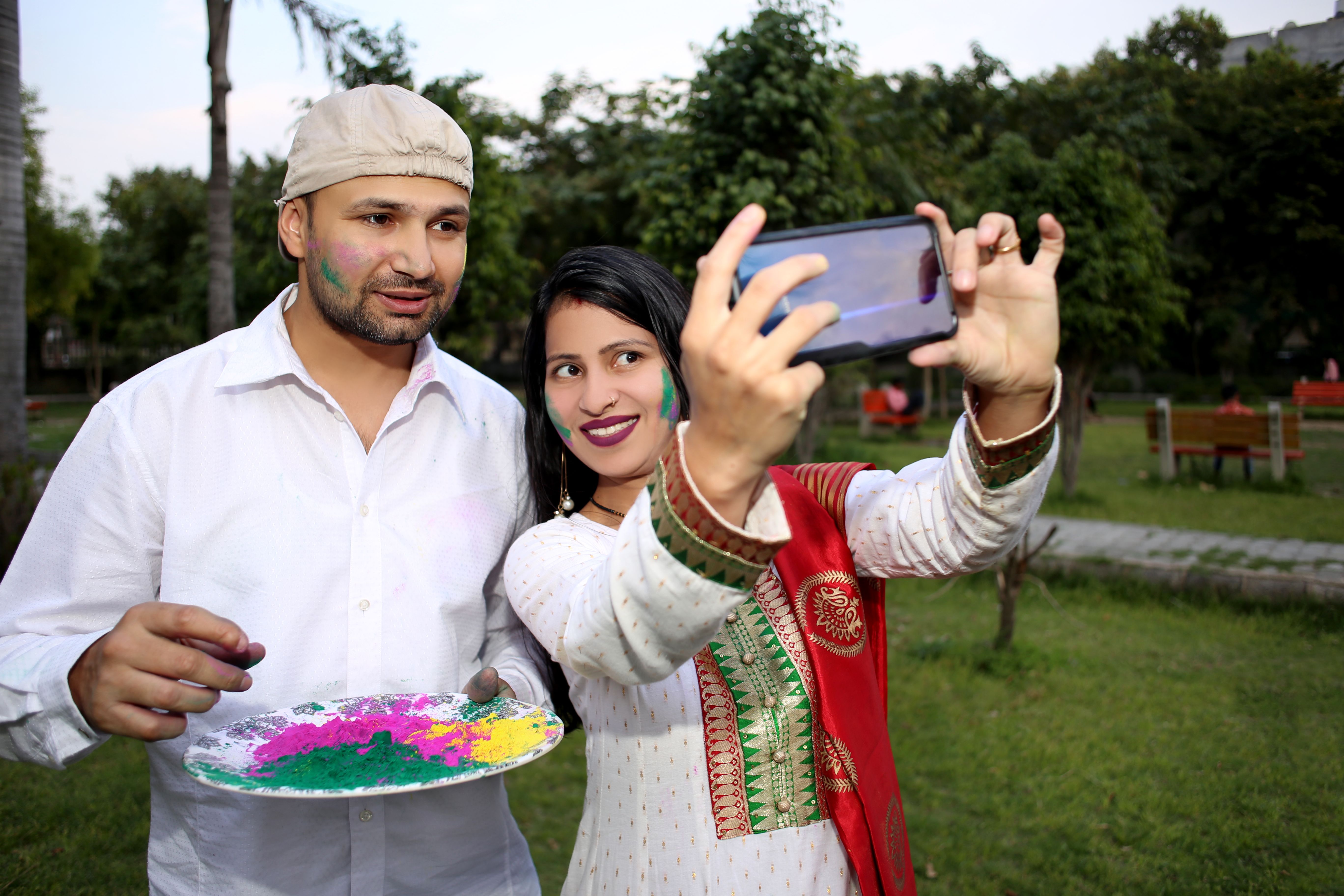Celebrating Holi: A Festival of Colors and Joy
ST
The Origins and Significance of Holi
Holi, often referred to as the "Festival of Colors," is a vibrant and joyous celebration that marks the arrival of spring in India and across the world. This ancient Hindu festival signifies the triumph of good over evil and is a time for people to forgive, forget, and strengthen their bonds with each other. The festival's roots are deeply embedded in Hindu mythology, particularly in the story of Prahlad and Holika, which celebrates the victory of devotion and righteousness.
Traditionally, Holi is celebrated over two days. The first day is known as Holika Dahan or Chhoti Holi, where people light bonfires to symbolize the burning of evil spirits. The second day, called Rangwali Holi or Dhulandi, is when the streets come alive with colors as people smear each other with brightly colored powders and water.

How Holi is Celebrated
The celebration of Holi is marked by a riot of colors, music, dance, and a sense of camaraderie among participants. Friends and family gather to throw colored powders known as "gulal" into the air and on each other. Water balloons and water guns add another layer of fun to the festivities. It's a time when social barriers are broken down, and everyone, regardless of age or background, joins in the playful chaos.
Food plays a significant role in Holi celebrations. Traditional sweets like gujiya, mathri, and malpua are prepared in abundance and shared among neighbors and friends. Refreshing drinks like thandai, often spiced with almonds, fennel seeds, and rose petals, add to the festive spirit.

Holi Around the World
While Holi has its origins in India, its vibrant spirit has spread to many parts of the world. In countries with significant Indian communities, like Nepal, Bangladesh, Mauritius, the United Kingdom, and the United States, Holi is celebrated with great enthusiasm. These global celebrations often incorporate local customs and bring together diverse communities to experience the joy of this colorful festival.
In recent years, Holi has also inspired numerous color-themed events worldwide. These include "color runs" and music festivals where participants are doused in colored powders as they enjoy music and entertainment. Such events capture the essence of Holi's joyous spirit and introduce it to new audiences.

The Symbolism of Colors in Holi
The colors used during Holi hold deep symbolic meanings. Each color represents a different aspect of life and emotion. For example:
- Red symbolizes love and fertility.
- Yellow stands for happiness and prosperity.
- Blue represents calmness and serenity.
- Green signifies nature and new beginnings.
These colors not only bring joy but also convey messages of peace, unity, and harmony among people.
Embracing Eco-Friendly Practices
In recent years, there has been a growing awareness about the environmental impact of Holi celebrations. Many communities are now embracing eco-friendly practices by using natural colors made from flowers, fruits, and vegetables. These natural dyes are not only safe for the skin but also biodegradable, reducing harm to the environment.
Moreover, water conservation is encouraged during Holi by opting for dry celebrations or using minimal water. Such sustainable practices ensure that the festival remains a joyous occasion for future generations without compromising our planet's health.

Why Holi Continues to Captivate
Holi's enduring appeal lies in its universal themes of love, unity, and joy. It breaks down barriers of caste, creed, and social status, reminding us that we are all part of a larger human family. The festival encourages people to let go of past grievances and embrace positivity as they welcome a new season.
As we celebrate Holi year after year, we are reminded of the beauty of diversity and the power of coming together with open hearts. Whether you're in India or anywhere else in the world, joining in on this festival is an invitation to immerse yourself in a tapestry of colors and joy.
https://homeloanprime.com/contact